How to Prepare Your Lawn for Summer Heat in Texas
By Innovation Grounds
When Texas summer heat hits, it can take a serious toll on your lawn. Between scorching temperatures, dry spells, and unexpected droughts, maintaining a lush, green lawn becomes a challenge. But with the right preparation and smart lawn care practices, your yard can stay healthy and vibrant all season long.
In this guide, we’ll walk you through everything you need to know to prepare your lawn for Texas summer heat, including watering techniques, mowing tips, soil care, and more.
Choose Heat-Tolerant Grass Varieties
If you’re starting from scratch or considering a lawn renovation, choosing the right grass is key. For Texas, where summers are long and hot, heat-tolerant grass types are essential. Popular choices include:
Bermudagrass – Thrives in full sun and tolerates drought well.
Zoysiagrass – Dense, slow-growing, and fairly drought-resistant.
Buffalograss – A native Texas grass that needs minimal water.
Switching to the right grass can significantly reduce maintenance during summer and keep your lawn green even during dry spells.
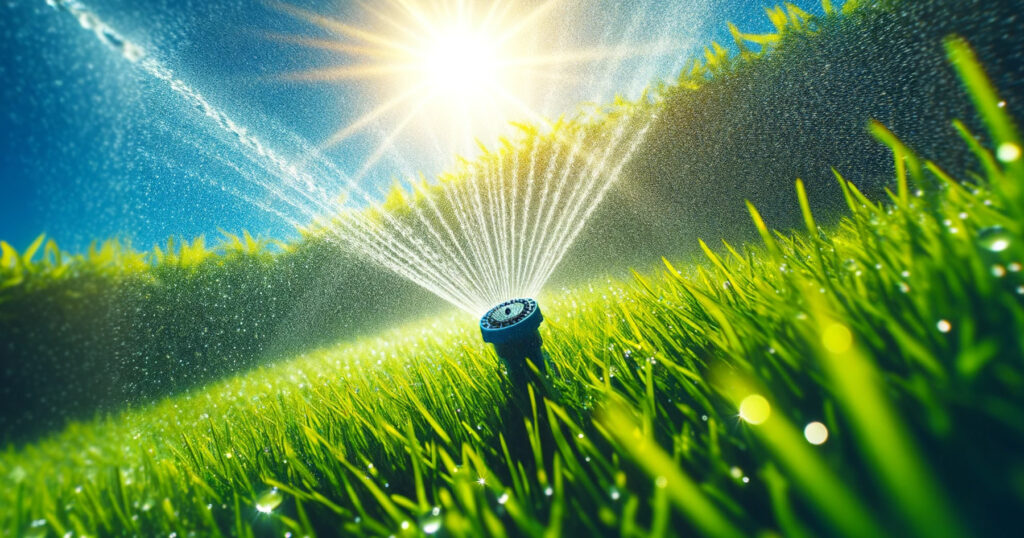
Water Wisely and Efficiently
One of the most crucial aspects of lawn care in Texas is proper watering. But more water doesn’t always mean better results. In fact, overwatering can lead to shallow roots and increased susceptibility to disease.
🔹 Smart Watering Tips:
Water early in the morning (between 4 AM and 9 AM) to reduce evaporation.
Aim for deep, infrequent watering – about 1 inch per week, including rainfall.
Use a soaker hose or irrigation system to deliver water evenly and reduce waste.
Check your city’s watering restrictions during drought conditions.
Pro tip: Use a rain gauge or a tuna can to measure how much water your sprinkler system delivers.
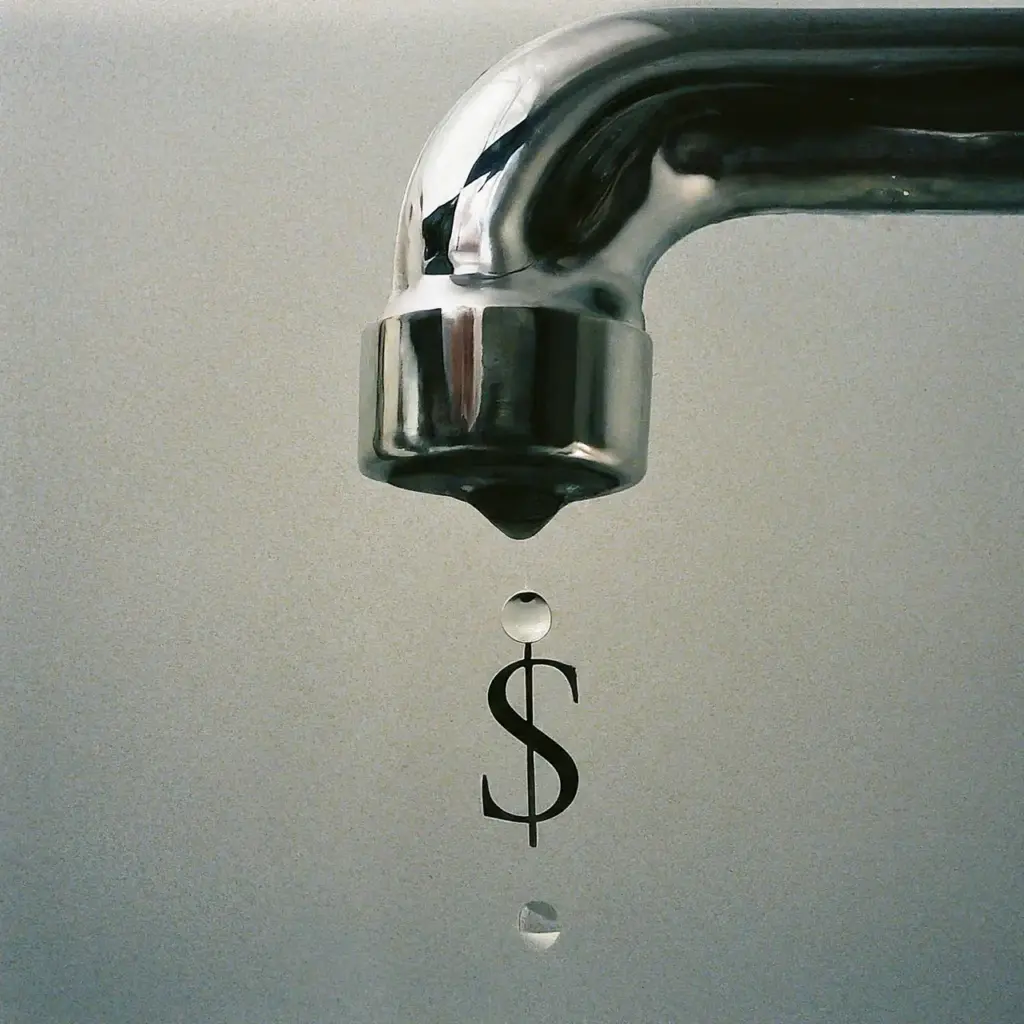
Mow High, Mow Often
Mowing your lawn correctly can help your grass survive the heat. During the summer months, raise your mower blade to allow your grass to grow taller. This helps shade the soil, retain moisture, and promote deeper root growth.
🔹 Summer Mowing Tips:
Bermudagrass: 1.5 to 2 inches
Zoysiagrass: 2 to 2.5 inches
Buffalograss: 2.5 to 3 inches
Keep mower blades sharp to avoid tearing grass
Never cut more than one-third of the grass height at a time
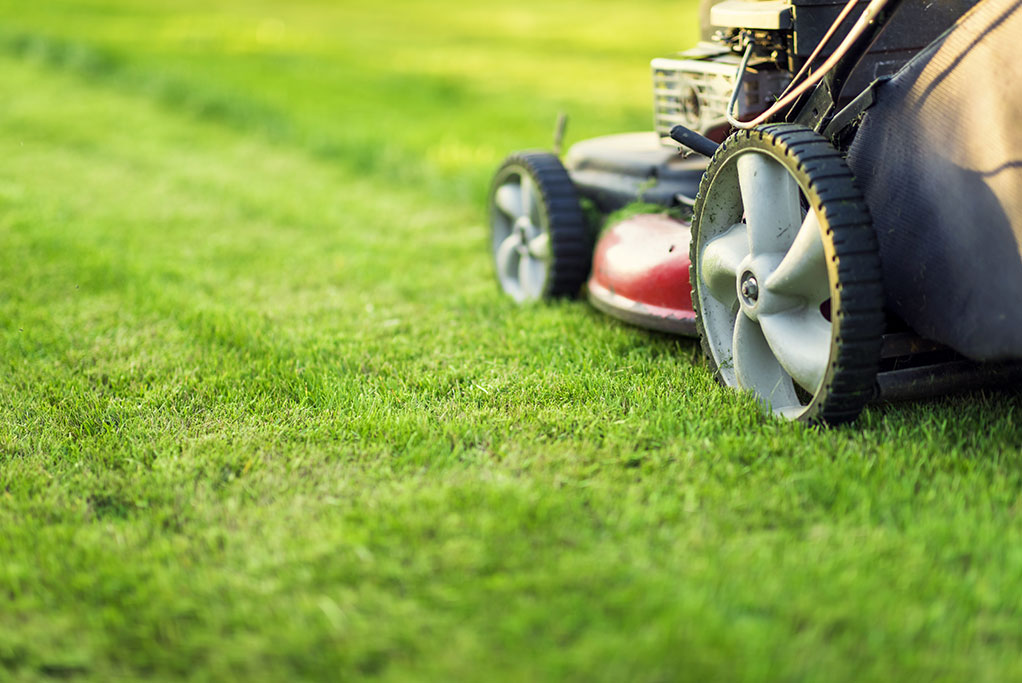
Apply Mulch and Organic Compost
Adding mulch around trees, flower beds, and even parts of your lawn can help reduce water evaporation and regulate soil temperature. Organic compost improves soil health, boosts water retention, and gives your lawn a healthy boost.
Apply a thin layer of compost (¼ inch) across the lawn in late spring to early summer. It improves microbial activity and helps your lawn endure summer stress.
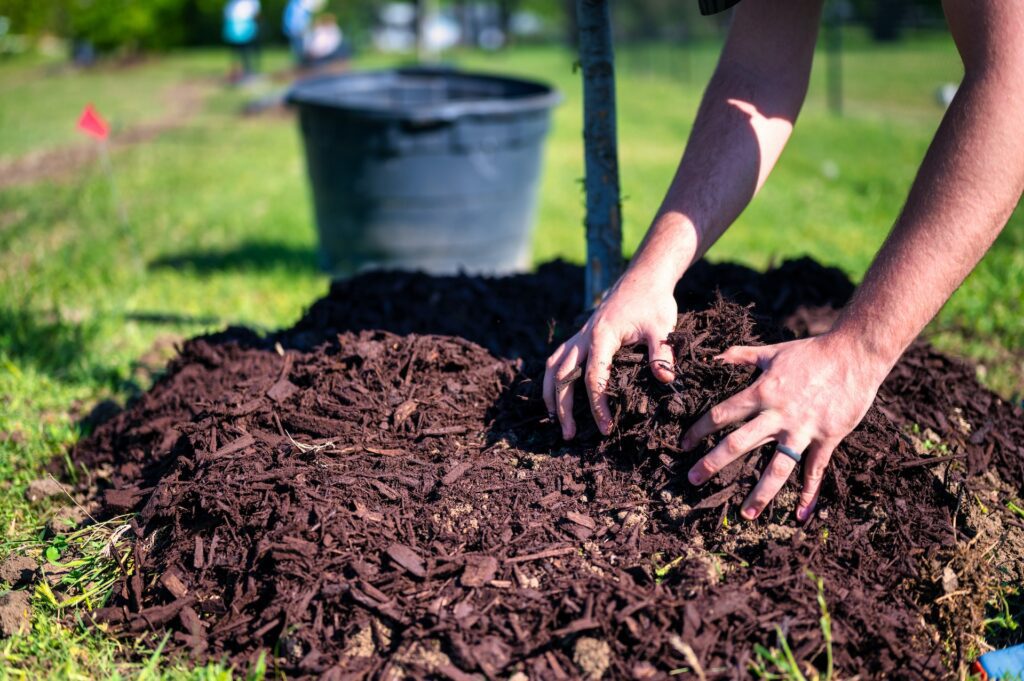
Fertilize with Caution
Fertilizing during the heat of summer can do more harm than good if done incorrectly. Over-fertilization can burn your lawn, especially in hot temperatures.
🔹 Best Practices for Summer Fertilization:
Use slow-release or organic fertilizers
Avoid fertilizing during heatwaves
Apply early in the morning or late in the day
Water lightly after application
If your lawn is already stressed, hold off on fertilizing until cooler temperatures return.
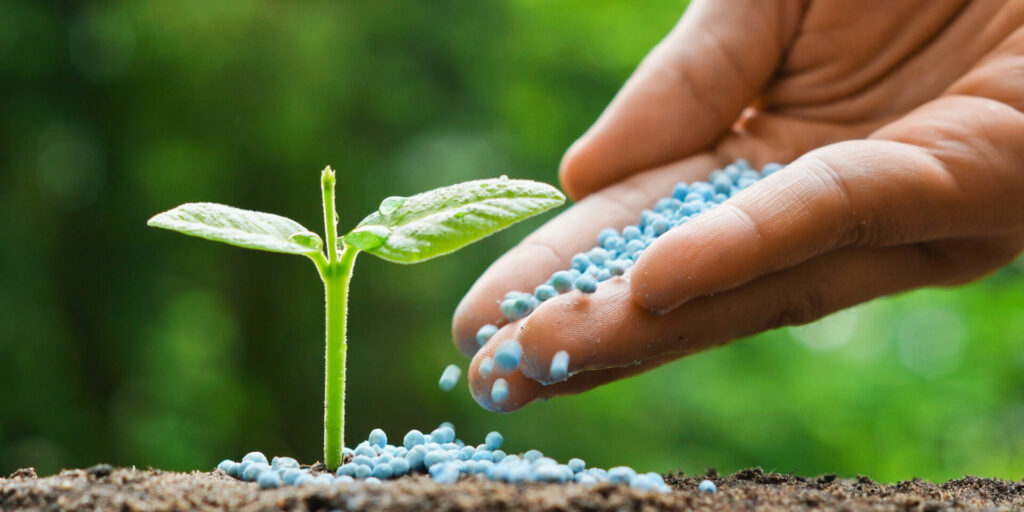
Control Weeds and Pests
Summer is prime time for weeds like crabgrass and pests like chinch bugs, which can wreak havoc on your lawn if not addressed early.
🔹 Prevention Tips:
Apply a pre-emergent herbicide in early spring
Spot-treat weeds with post-emergent products
Keep an eye out for dry, patchy areas, which may indicate pests
Use integrated pest management (IPM) techniques for eco-friendly control
Healthy, thick grass naturally chokes out weeds and is more resistant to pests.
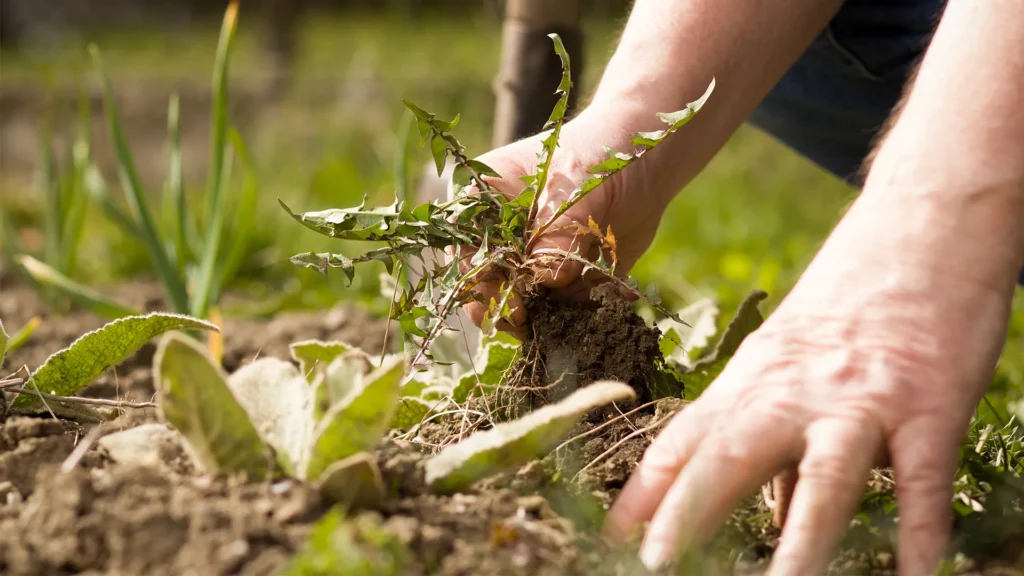
Aerate and De-thatch if Needed
If your lawn feels spongy or water isn’t penetrating the soil well, you may have a thatch or compaction problem. Aerating in late spring or early summer can help improve air and water flow to the roots.
De-thatching can also prevent lawn diseases by reducing the buildup of organic matter. Just be cautious—do this only if necessary, and avoid during peak heat.

Final Thoughts
Preparing your lawn for summer heat in Texas doesn’t have to be overwhelming. With proactive care, the right grass type, and smart watering practices, your yard can thrive even during triple-digit temperatures.
By following these summer lawn care tips, you’ll be well on your way to a healthy, resilient landscape that can handle everything the Texas sun throws at it.


